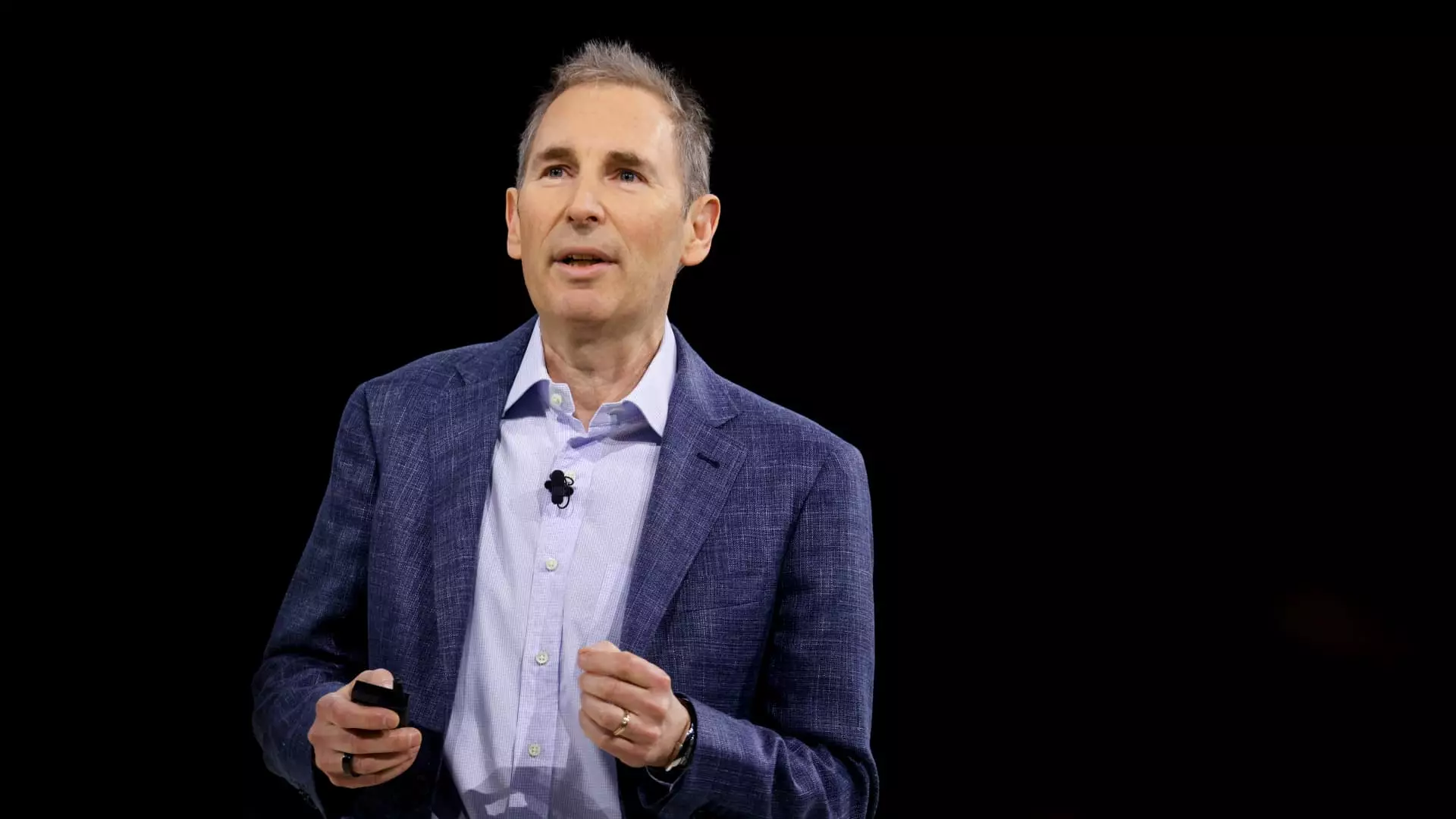Amazon’s CEO Andy Jassy has candidly acknowledged a reality many corporations face today: the acceleration of generative AI technology will reshape the workforce significantly, reducing the number of employees needed for certain tasks. While this sounds like a warning, it should be understood as an inevitable phase in technological evolution that compels companies to rethink how work gets done. Automation, especially through advanced AI systems, doesn’t merely eliminate jobs—it also transforms roles and creates new opportunities. However, it is naive to view this transformation as a simple swap between old jobs and new ones. The transition will likely be disruptive and uneven, necessitating forward-looking strategies both from businesses and workers.
The Double-Edged Sword of Automation at Scale
Jassy’s reflections expose a tension that runs through the tech industry: the simultaneous embrace of innovation and the reality of workforce reduction. Amazon has already seen substantial layoffs — over 27,000 since 2022 — and stands ready to further optimize headcount with AI-enhanced efficiencies. Other tech giants, from Salesforce to Klarna, have reported similar trends where AI contributes significantly to operational productivity while also shrinking employee numbers. This isn’t simply about cost-cutting; it’s about reimagining productivity in a digital-first economy. Yet, given the scale of this shift, it’s important to critically ask who benefits from this transformation and who might get left behind.
Reinventing Roles or Displacing Workers?
Jassy optimistically suggests AI will free employees from mundane “rote work” and unleash creativity, making jobs more engaging. This view holds merit but risks glossing over the real challenges faced by many employees. Not every worker will seamlessly transition into “more interesting” roles. There is a significant skills gap and a risk that many could become obsolete without substantial retraining and support. Moreover, the pressure to adopt AI tools in daily work life, as seen in companies like Shopify and Microsoft, can create an environment where human labor is expected to propagate AI efficiencies, potentially leading to longer hours or intensified productivity demands rather than improved work quality or job satisfaction.
Stock Market Signals and the Broader Economic Context
The financial markets are responding cautiously to these seismic shifts. Amazon’s stock flat performance this year contrasts with the soaring values of other tech giants like Microsoft and Nvidia, highlighting investor uncertainty about Amazon’s AI strategy and its impact on profitability. It suggests that rapid workforce reductions, even when driven by innovation, do not automatically translate into market confidence or sustained growth. Instead, investors may be weighing the societal backlash, regulatory scrutiny, and execution risks associated with implementing AI at scale.
The Human Cost of Technological Advancement
Ultimately, the narrative around AI in the workplace must include a balanced view of both efficiency gains and human consequences. Amazon’s leading stance on AI adoption mirrors a broader corporate mindset that prioritizes technological progress and competitive advantage. However, businesses—and society at large—must grapple with the responsibility to support displaced workers, invest in meaningful reskilling programs, and ensure that AI-enhanced workplaces promote human welfare rather than undermine it. The future of work shaped by AI demands a nuanced approach, one that embraces innovation but does not disregard the complexity of human labor dynamics in an evolving economy.


Leave a Reply